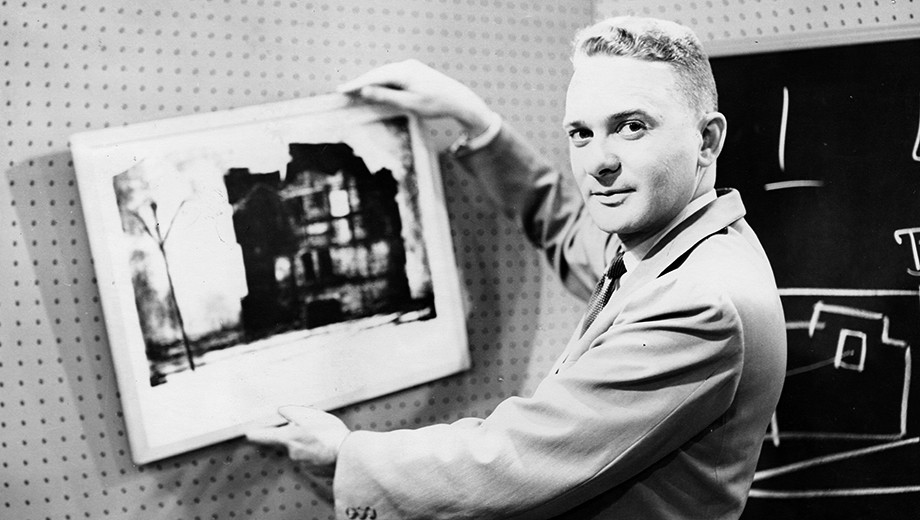In the 1950s and 60s, the University of Chicago’s Art Department launched the careers of many prominent art historians and curators. “We all moved on to good jobs, because Chicago is a good place to move on from,” says Peter Selz, AM’49, PhD’54.
Among his peers, Selz keeps in regular touch with Alan Fern, AB’50; AM’54, PhD’60, a former curator of prints and drawings at the Library of Congress and retired director of the National Portrait Gallery. He also developed lifelong friendships with two other classmates, now deceased: Philip Fehl, PhD’63, an Austrian refugee, artist, and historian of Renaissance art; and Bates Lowry, PhB’44, AM’52, PhD’56, an architectural historian who briefly directed the Museum of Modern Art (MoMA). And Selz remembers Seymour Slive, AB’43, PhD’52, a specialist in Dutch painting who went on to teach at Harvard and direct its Fogg Museum.
As a graduate student and throughout his career, Selz sought to collaborate and build personal relationships with artists and gallery owners. “My closest friend in Chicago was Leon Golub [AB’48],” he says—a painter whose “existentialist figures” Selz included in the first exhibition he curated at MoMA. (The show also featured works by H.C. Westermann and Hyde Park sculptor Cosmo Campoli.)
Golub helped to organize Exhibition Momentum, a group of students who challenged the Art Institute of Chicago’s policy of excluding student art from its annual shows. Selz remembers being one of very few non-artists in the group, which also included students from the Institute of Design.
“There were no art galleries in Chicago, believe it or not,” he adds, until Allan Frumkin, PhB’45, launched his modern gallery in the early 1950s. Frumkin, who died in 2002, organized some of the first shows by Golub, Westermann, and George Cohen, X’48, in Chicago and later opened another gallery and became a collector in New York. He was the brother of Reva Logan, X’43, whose family’s gift to the University made possible the Reva and David Logan Center for the Arts.
What other contributions did 1950s-era Chicago alumni make to art history and the visual arts? Share your stories and memories in the comments section below.


Add new comment